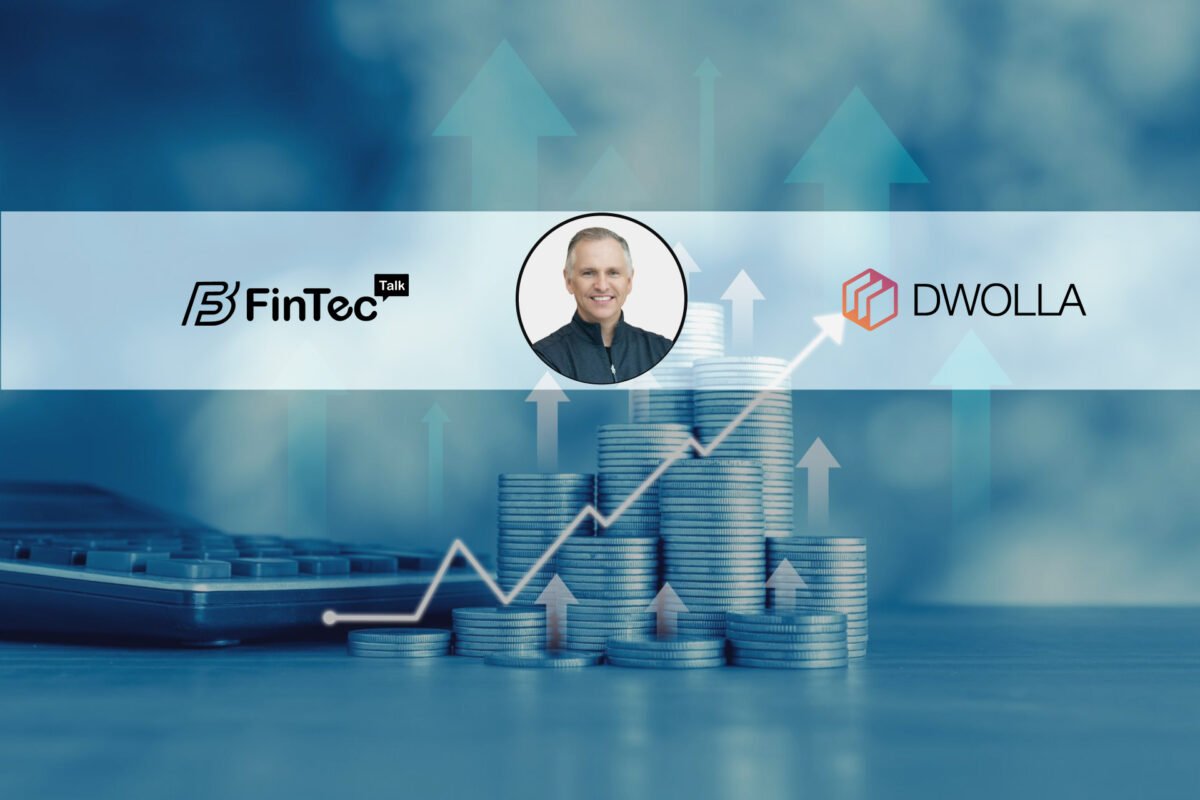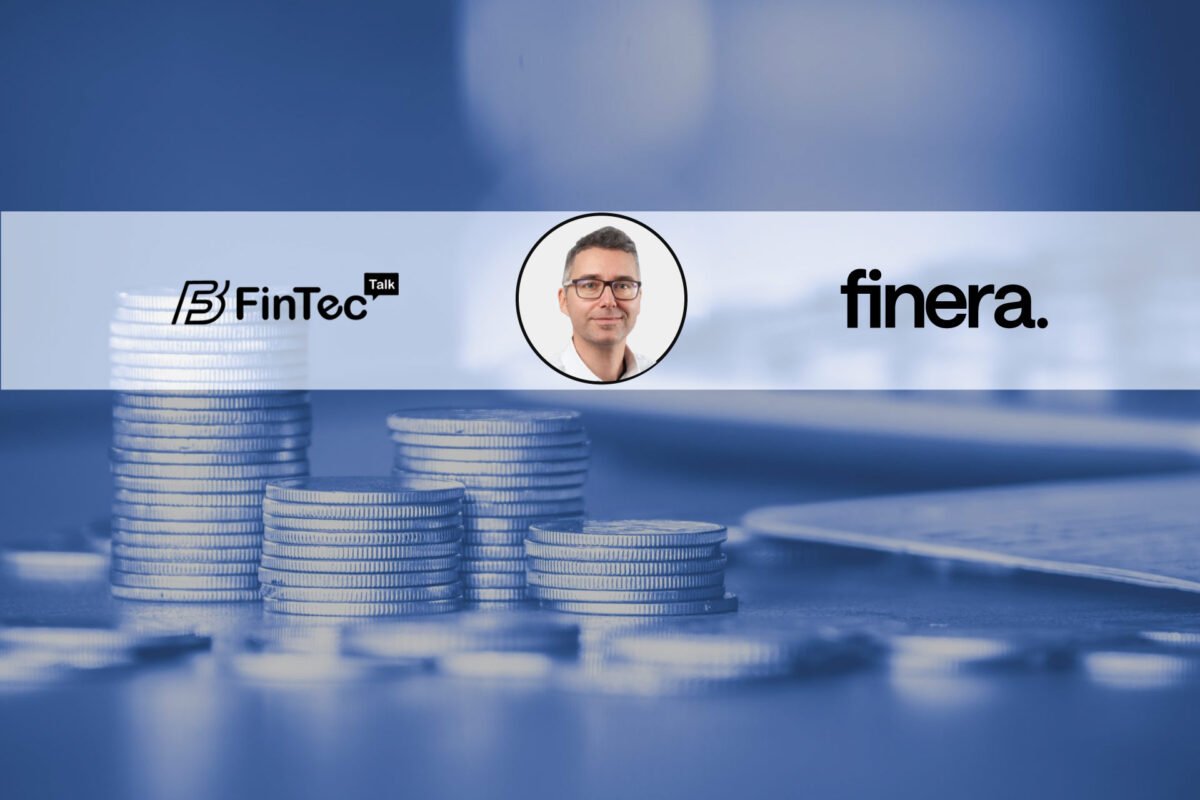The personal loan playbook has been rewritten. This interview traces the shift from branch-based lending to real-time digital credit, capturing the systems, setbacks, and sparks driving the future of inclusive finance.
Jeffrey, as the COO at Upgrade, Inc., you have witnessed significant changes in the personal loan market. What has your journey been like in navigating these transformations?
It’s been an incredibly dynamic journey. Over the past decade, we’ve seen personal loans transform from a rigid, branch-based offering to a fast, accessible, and data-driven digital product. At Upgrade, we’ve been at the forefront of this shift—leveraging technology to make responsible credit more widely available, especially to those who were historically underserved. The opportunity to combine innovation with impact has made the journey both challenging and deeply rewarding.
Looking back at the evolution of personal loans, how has the traditional banking model for lending evolved from pre-fintech days to the present?
In the pre-fintech days, personal loans were primarily distributed by banks and credit unions through physical branches. The process was paper-heavy and typically restricted to existing customers. Underwriting was largely based on credit scores, which limited accessibility and innovation. Since then, fintechs like Upgrade have introduced fully digital experiences, accelerated decisioning, and alternative data-driven models—broadening access and reshaping consumer expectations around speed, transparency, and personalization.
The financial crisis of 2008 had a huge impact on personal lending. How did this period shape the landscape and what key lessons did we learn from it?
The 2008 crisis reshaped the personal loan landscape dramatically. Major banks such as Chase and Bank of America exited the personal loan space, creating a vacuum. This highlighted both the fragility of traditional lending models and the need for more resilient, consumer-centric solutions. It also paved the way for fintech entrants who saw an opportunity to reimagine lending with greater efficiency, risk management, and customer focus.
With the rise of fintechs and digital lenders, what were the most significant changes in how personal loans are offered to consumers in the 2010s?
The 2010s brought a digital revolution in lending. Fintechs made it possible for consumers to apply for loans online and receive decisions in minutes—not days. AI-driven underwriting enabled broader credit access, while increased competition drove better rates and greater transparency. New models like peer-to-peer lending emerged, and though some faded, they helped prove that consumer lending could be reinvented outside traditional banking.
COVID-19 played a pivotal role in accelerating digital transformation within personal lending. How did these shifts affect consumer behavior and the loan origination process?
COVID-19 was a forcing function for digital adoption across the board. Initially, loan originations declined due to economic uncertainty, but as the economy stabilized, demand rebounded quickly. Consumers now expect fast, seamless digital experiences. Lenders that could deliver on speed and trust—like Upgrade—saw strong engagement. The crisis accelerated traditional banks’ pivot toward digital and validated fintech’s role in building resilient, remote-friendly lending systems.
In today’s personal loan market, what trends are most prominent, especially regarding borrower behavior and loan demand?
We’re seeing strong demand for debt consolidation and home improvement loans, even in a higher-rate environment. Borrowers are more cost-conscious and digitally savvy, expecting fast funding and a frictionless experience. At the same time, they want clarity and control—prompting the growth of hybrid products that combine the flexibility of credit cards with the structure of installment loans.
How has the rise of alternative data sources, such as rent and employment history, impacted the underwriting process and accessibility of credit for borrowers?
The integration of alternative data—like rent, employment, and cash flow—has significantly improved underwriting accuracy and credit access. It allows lenders to evaluate a broader segment of the population, especially those with thin or no credit files. This innovation has been instrumental in promoting financial inclusion, making responsible lending available to those historically overlooked by traditional scoring models.
With rising interest rates, what new loan products have emerged to offer more flexibility for borrowers who are feeling the pressure?
We’re seeing increased adoption of secured personal loans and hybrid products that offer both revolving and installment functionality. For instance, Upgrade’s Secured OneCard allows borrowers to benefit from lower rates by pledging savings as collateral. These innovations help consumers manage rising costs while maintaining access to affordable credit options.
Where do you see the greatest potential for innovation in the personal lending space, especially in terms of AI-driven underwriting and risk assessment?
There’s tremendous potential in applying AI and machine learning to personalize risk models. By leveraging broader, real-time data, we can make faster, fairer, and more inclusive lending decisions. AI also enhances fraud detection, reduces defaults, and allows for more dynamic risk-based pricing. These tools will drive the next leap in responsible lending innovation.
Finally, how do you envision the future of collaboration between banks and fintechs in personal lending, and what role will they play in expanding financial inclusion?
The future is collaborative. Banks bring trust, scale, and regulatory expertise. Fintechs bring agility, innovation, and user-centric design. Together, we can extend responsible credit to more people in smarter ways. These partnerships will be key to expanding access, improving outcomes, and building a more inclusive and resilient financial ecosystem.
Quote/Advice: “Technology and data can make lending more inclusive—but it’s how we use them responsibly that defines long-term impact.”
Stay Ahead of the Financial Curve with Our Latest Fintech News Updates!




